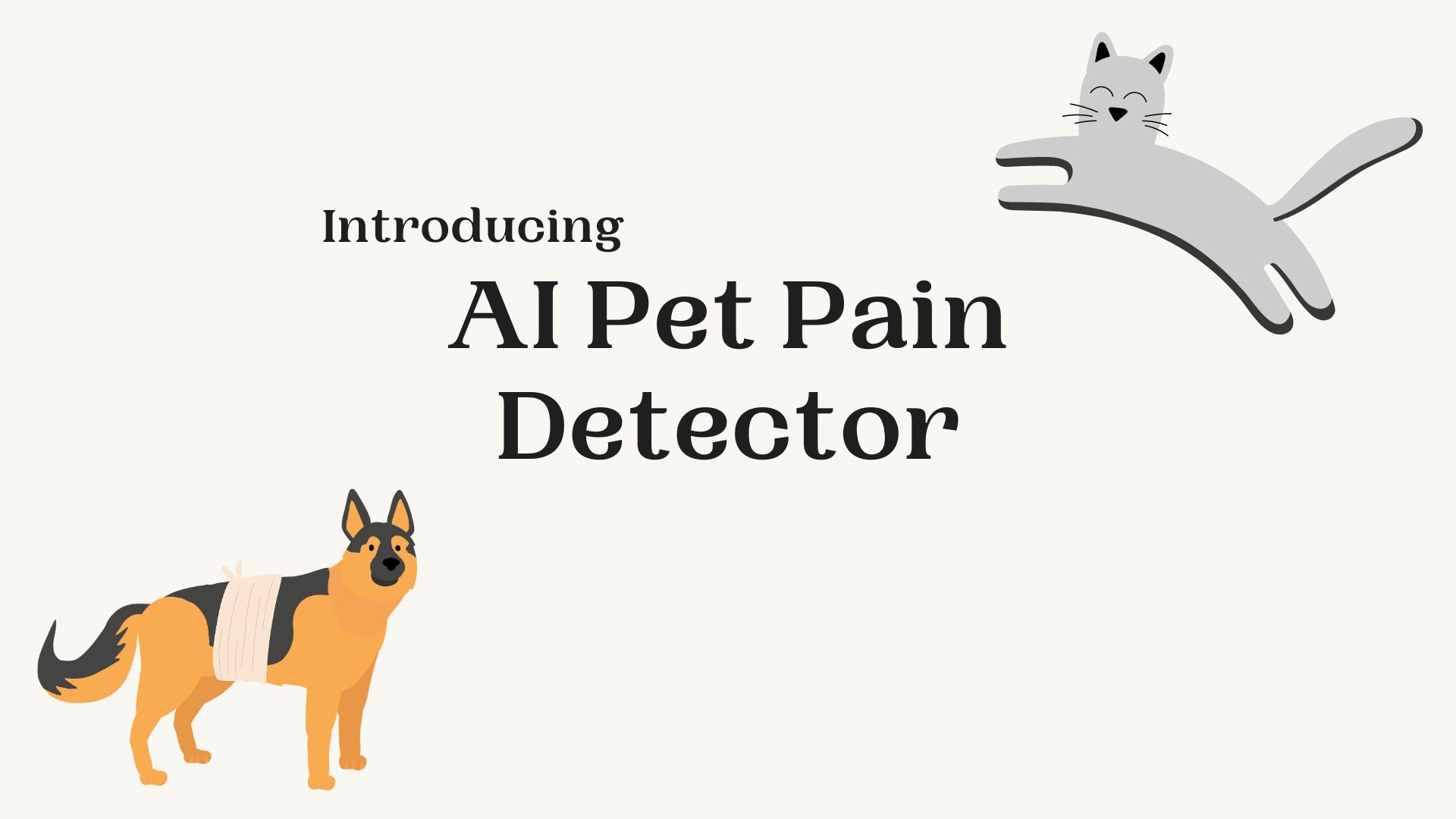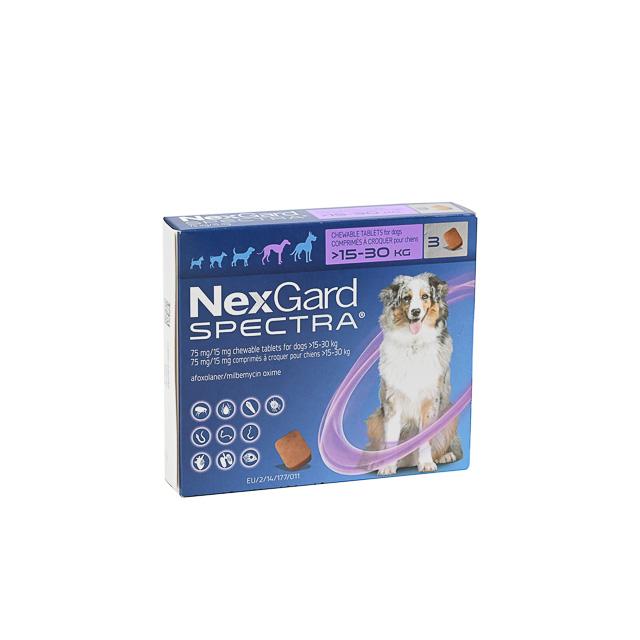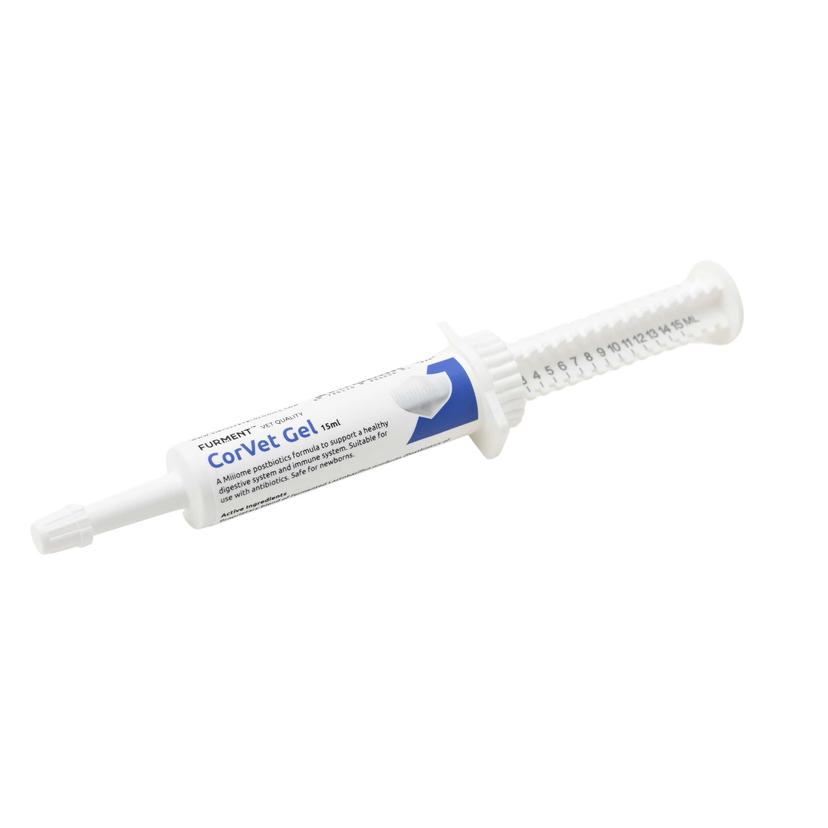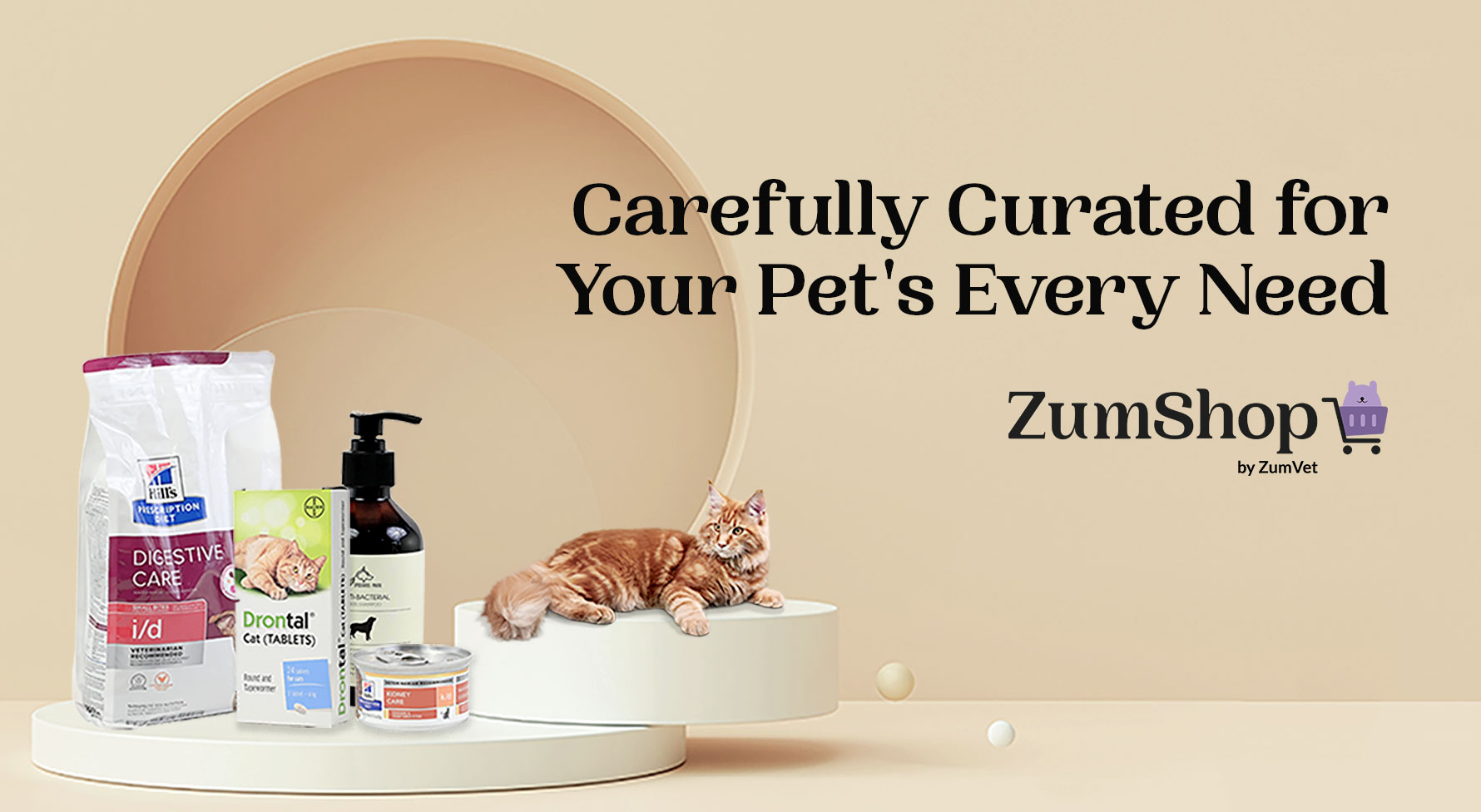How does the AI Pet Pain Detector work?
ZumVet’s AI Pet Pain Detector is able to analyse your pet’s facial expressions just by a photo of your dog or cat, with a reading accuracy greater than 85%!
By using our AI Pet Pain Detector, you can find out if your pet is showing signs of ‘Happiness’ or ‘Discomfort’, just by looking at your pet’s ears, eyes, whiskers, mouth and head! To better understand your pet, we have also included some helpful tips for you.
Helpful Tips:
- Squinting: Squinting can be a sign of pain in the eyes or head
- Licking or rubbing the face: Cats may lick or rub their faces if they are in pain in the mouth or face
- Tail up: A tail that is held up high is a sign that the pet is feeling confident and happy
- Rolling over: This is a sign that the pet is feeling playful and submissive
Here’s how you can utilise our cutting edge technology now!

Click here to download our app!




Depending on your pet’s results, you can easily book an online consultation with a vet through the app.
Other ways to tell that your pet is in pain
1. Vocalisation
When your pet makes quiet sounds, it’s like their way of saying, “Hey, something’s not right here!”
We all recognize the classic signs – a hissing or growling cat is not in the best mood. But here’s a cat mystery for you: did you know that meows and purrs can also play double duty as signals of a cat in pain? Yes, it turns out that while purring is usually associated with contentment, some cats may turn on the purr engine when they’re feeling scared or in pain.
When dogs are in pain, they might make different sounds to let us know. They could whine, whimper, yelp, growl, or even howl. Pay attention to changes in their barking too – it might get softer, strained, or just different.

2. Facial Expressions
Facial expression can be difficult to gauge in cats, but certain giveaways can indicate pain or discomfort. A vacant stare at nothing, or a “glazed” expression, is common for cats in pain. Their eyes tell tales – if they’re looking different, it might be their way of asking for help. Cats in distress can also have dilated pupils — part of the stress response in the body. Unlike in dogs, cats do not normally pant. If you notice a panting cat, particularly when they are at rest, take them to your vet to be evaluated as soon as possible.
Dogs experiencing pain may reveal subtle signs through facial expressions. Watch for squinting, excessive blinking, or an intensified, “worried” look in their eyes. Changes in whisker movement, such as stiffness or drooping, may indicate unease. Flattened or pinned-back ears also suggest distress.

3. Mobility Issues
When cats experience stiffness, they exhibit a form of shuffling, walking cautiously while refraining from their typical impressive leaps. If a cat is suffering from abdominal pain, it may adopt a protective posture with a hunched back, tucking in its abdomen. Additionally, you might observe a cat being guarded about a specific part of its body, showing reluctance to be touched or scratched. Furthermore, limping or avoiding putting weight on a tender limb could be noticeable signs of discomfort in feline companions.
If your dog is limping or avoiding putting weight on a limb, showing reluctance to move or exercise, experiencing difficulty in rising or settling, and displaying an altered gait or stiff movements, these could be subtle yet vital indicators of musculoskeletal discomfort or pain. Other signs such as tight or twitching muscles and arched back could also indicate something is up with your pup. Observing such signs is essential for attentive pet owners, as they may signal issues with joints or muscles.

4. Change in Appetite
Food is a love language for pets. If they’re not as excited about meals, it could be their way of saying, “I’m not feeling great.”
Do you notice a decrease in appetite or reluctance to eat in your cat? It may indicate oral discomfort, gastrointestinal problems, or other health concerns. Cats may exhibit changes in feeding habits when experiencing pain, such as signs of discomfort while chewing or swallowing. Additionally, if a cat associates pain with a particular food or feeding location, they may avoid eating or exhibit hesitation.
Changes in your dog’s appetite can be a significant indicator of potential pain. If your canine companion suddenly loses interest in food or exhibits a decrease in appetite, it may signal discomfort or an underlying health issue. Dogs may experience dental problems, digestive issues, or systemic illnesses that impact their eating habits.

5. Excessive Licking
Cats may engage in increased grooming, licking, or nibbling at a specific area if they are experiencing pain, irritation, or discomfort in that part of their body. However, it’s essential to consider other factors such as skin allergies, skin conditions, or behavioural issues that might contribute to excessive licking.
Licking is a common behaviour in dogs, but certain licking patterns can be indicative of pain or discomfort. If a dog exhibits excessive or targeted licking on a specific body part, such as a joint or paw, it may signal discomfort in that area. Continuous licking at a particular spot might suggest irritation, injury, or pain. Additionally, excessive licking can cause problems like bald patches, redness on the skin, and fur discolouration. Some dogs may show their discomfort by making sounds like whimpers or groans while licking.

How can you help your pet?
Spend some relaxed moments with your pet, observing their unique behaviours. Offering gentle pats and rubs during these chill times can be revealing; sometimes, a simple touch helps pinpoint any areas of discomfort. Your pet and you share a special connection, so trust your instincts – if something seems off, it probably is.
Ensuring your pet’s comfort is a joint venture. If you notice anything unusual, don’t hesitate to have a quick chat with our vet, the superhero who can help your pet feel better. Remember, healing takes time, so be there for your pet, offering gentle care and a little extra love.













